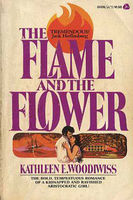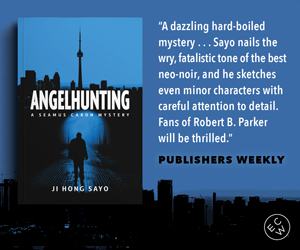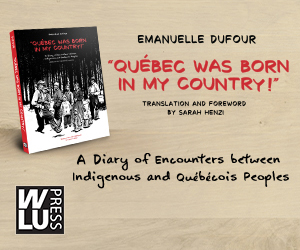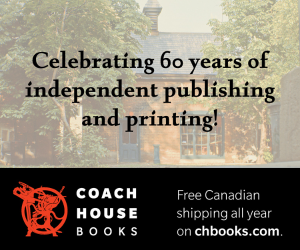My Teenaged Reading Secret
By Nancy Jo Cullen
When I was six my mom started to take me with her on her weekly visits to the public library. Mom was a fan of Dorothy L. Sayers; I was a fan of Raggedy Ann and Andy books. Around the age of thirteen I began to follow my mom into the adult section of the library. She introduced me to the historical novels of Victoria Holt and Jean Plaidy, both pen names belonging to Eleanor Hibbert. The Plaidy novels were fictionalized (and romantic!) histories of European royalty, centering female characters. The Holt novels were Gothic Romances centering a feisty governess; I loved those feisty governesses with their difficult charges and their brooding employer/future husbands.
The soft romances of Eleanor Hibbert provided a pretty rapid gateway to the heaving, wildly popular bodice ripper romances of Kathleen Woodiwiss and Rosemary Rogers, and the many authors that followed them. I developed an unquenchable desire to read those rapey romances alongside a deep sense of embarrassment that I was in the thrall of such stories. I was a smart and opinionated teenage girl and I understood that my secret passion for romance novels presented a contradiction to how I talked and walked through my high school life. But I suppose that is the nature of adolescence.
I didn’t dare check my bodice rippers out of the library; they were shelved in no particular order on the spinning racks in front of the librarian’s desk. I would have to stand (in public!) poring over packed little racks looking for the sexiest romance I could find, all the while freaking out that I would be discovered by.… Fill in the blank, I was sixteen, I thought everyone was judging me, instead I searched second-hand shops and drug store bookstands for each next novel.
For a very long time I kept my adolescent reading habits on the down low, embarrassed by my lack of engagement with highbrow books during those formative years. It wasn’t until quite recently, after decades of feeling sheepish, that I began to understand my teenaged reading tastes as more than just programming in heteronormativity. Those bodice rippers of my youth were an escape into a female centered (however dysfunctional) private space, and whether I was alone in my room or in the midst of my family I was able to enter an unassailable place. My sisters still complain about how I enjoyed reading at raucous family gatherings while our mom and the three of them worked to prepare food and clean up.
But those trashy books with their predictable narratives were a solace to me. When I was 14 my dad was diagnosed with terminal cancer and he spent the next six years in chronic pain until his death when I was 20. My folks were inept at communicating with one another and life at home was just weird. I spent countless weekends getting wasted with friends and recovering with steamy novels the following day(s). And despite the abuses that went on in those narrative universes, I could count on a happily-ever-after resolution. Would it have been better for those spirited and milky-breasted women to have ended up alone with the castle or, cooler yet, with the castle and a female lover? No doubt. Still, Kathleen Woodiwiss, Rosemary Rogers, and other writers working in the romance genre made some difficult years more bearable for me. It might not have been "art" but maybe, sometimes, solace and escape are as important as art in reading.
Your CanLit News
Subscribe to Open Book’s newsletter to get local book events, literary content, writing tips, and more in your inbox
I’m not making an argument that we should only look for books that are easy to read and give us comfort. I think it’s imperative that we push ourselves to engage with books that explode tidy stereotypes and take us outside of the worlds we are familiar with. I will always advocate for reading widely and out of our comfort zones. Nevertheless, I was a kid that needed an escape that didn’t look like another disaster to my parents who were already trying to cope with too much.
The summer I was twenty, shortly after my dad died, a clerk in a small woman’s bookstore in Kelowna put a paperback copy of The Color Purple by Alice Walker into my hands. Each night as I read the novel I served posh vacationers their cocktails and wine while the voice of Celie thrummed in my brain. That was the summer I devoured Margaret Laurence’s Manawaka Series and discovered Marge Piercy’s novels and the poetry collection, This Country Between Us, by Carolyn Forché. My reading habits were changing with me as I developed my own worldview. And now, some thirty-plus years later, I’m done with feeling ashamed for loving the trashy novels that might very well have kept me from falling into a hole of anxiety and grief or any other disaster my that parents were ill-equipped to manage.
The views expressed in the Writer-in-Residence blogs are those held by the authors and do not necessarily reflect the views of Open Book.
Nancy Jo Cullen is the fourth recipient of the Writers’ Trust Dayne Ogilvie Prize for LGBT Emerging Writers. She holds an MFA in Creative Writing from the University of Guelph and her short story collection, Canary, was the winner of the 2012 Metcalf-Rooke Award. Her poetry has been shortlisted for the Gerald Lampert Award, the Writers’ Guild of Alberta’s Stephan G. Stephansson Award and the City of Calgary W.O. Mitchell Book Prize. She lived in Calgary for over two decades and still returns regularly to connect with family and friends. She now lives in Kingston, Canada.
Nancy's latest novel, The Western Alienation Merit Badge, was published in Spring 2019 by Wolsak & Wynn, to wide critical acclaim.



